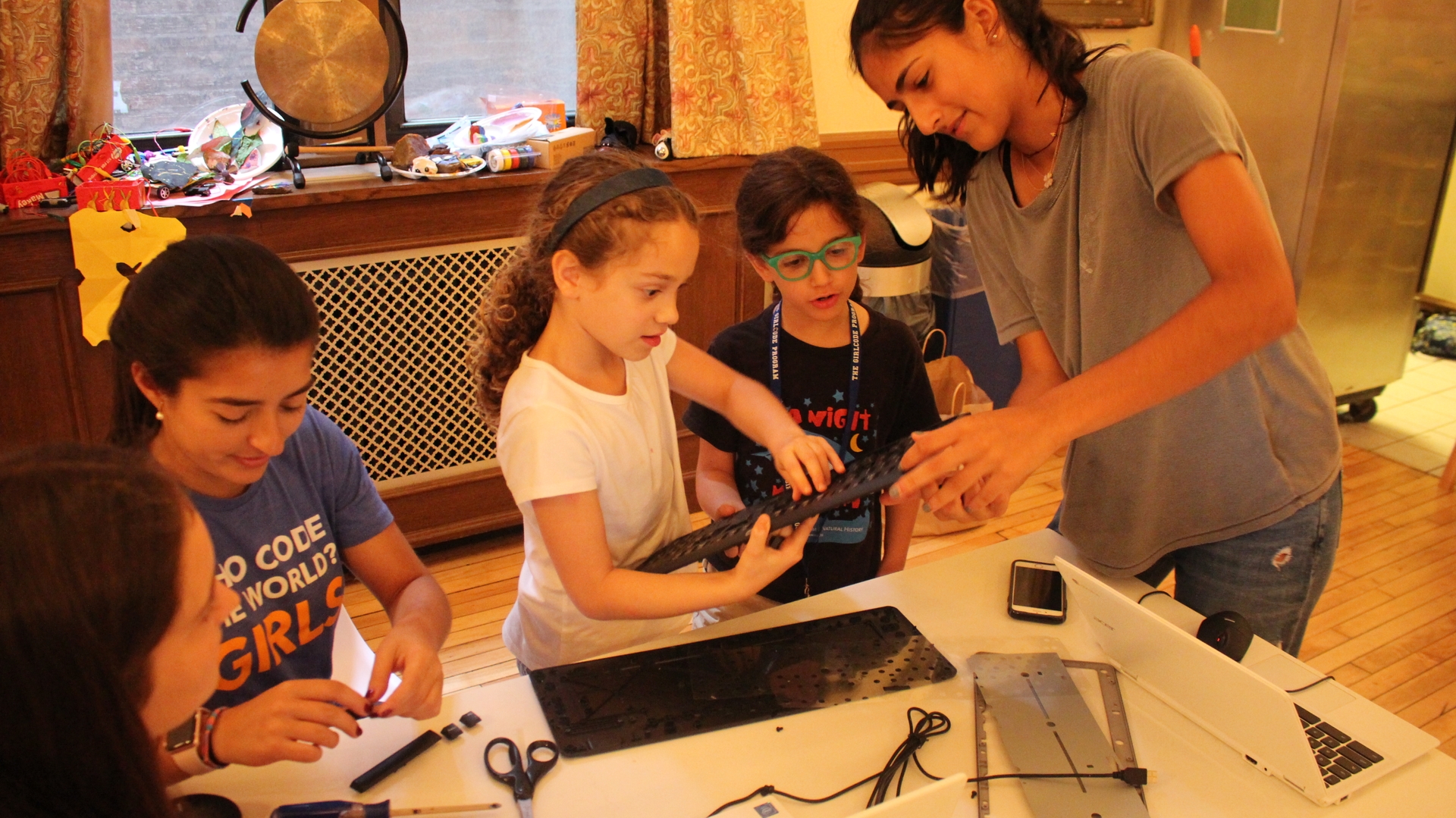Your Computer, Demystified

Breaking down the parts of your machine
If you’re not that enamored by technical jargon (and let’s be honest: who is?), you probably refer to all of the discrete parts that comprise the glowing machine on your desk as simply “the computer”. Each magical, buzzing, clicking, whooshing tecno-innard gets grouped indiscriminately under that umbrella term. And for the most part, that’s totally great! But sometimes – when something in your computer isn’t working as it should, for example – it can help to get a little bit more specific about what’s going on under the hood. Below, we’ve broken down the basic components of a computer, including each one’s location and function.
Motherboard
Think of the motherboard like the computer’s base camp. It’s a thin plate that directly or indirectly connects every single part of the computer – the CPU, memory, hard drive, USB ports, etc.
CPU
The CPU (or central processing unit, or even just “processor”) is like the brain of the computer. It’s usually a two-inch ceramic square with a silicon chip the size of a thumbnail located inside, and its primary job is to carry out commands. Whenever you click a button or press a key, you’re sending an instruction to the CPU.
RAM
RAM (or random access memory) is your computer’s short-term memory. Whenever your computer performs any type of calculation, it temporarily stores that data in RAM. RAM helps programs boot quickly, but it doesn’t last – anytime your computer powers down, it loses everything stored in RAM. That’s why you need to save your documents; anytime you hit that “save” button on a Word doc, you’re moving that information to long-term storage.
Long-term Storage
Every computer needs somewhere to store its data: your software, your documents, and all of your other files. That storage can take the form of a hard drive or a solid state drive, and it’s long-term, meaning that the data is safe even if you turn off the computer. When you open a file, the computer copies some data from the hard drive onto the RAM, and when you save a file, the data is copied back to the hard drive.
If your child loves taking things apart and putting them back together, they might love tinkering with the parts of a computer. Register for our fall semester today and give your child the opportunity to learn about hardware, software, engineering, and coding!